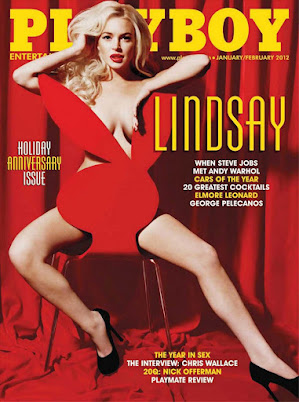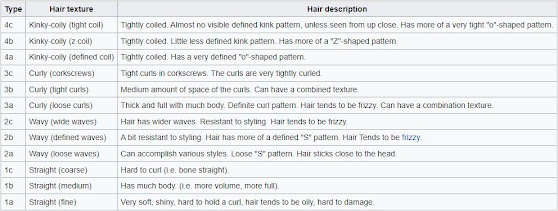Nothing (pronounced nuhth-ing)
(1) No
thing; not anything; naught.
(2) No
part, share, or trace (usually followed by of).
(3) Something
that is nonexistent; non-existence; nothingness.
(4) Something
of no importance or significance.
(5) A
trivial action, matter, circumstance, thing, or remark.
(6) A
person of little or no importance; a nobody.
(7) Something
that is without quantity or magnitude.
(8) A
cipher or naught; the quantity or quality of zero.
(9) As
“think nothing of it” and related forms, a procedural response to expressions
of thanks.
(10) In
no respect or degree; not at all.
(11) Amounting
to nothing, as in offering no prospects for satisfaction, advancement, or the
like.
(12) In architecture, the contents of a void.
Pre
900: From the Middle English nothyng,
noon thing, non thing, na þing, nan thing
& nan þing, from the Old English nāþing, nān þing & naðinc (nānthing & nathing) (nothing
(literally “not any thing”), the construct being nān- (not
one (source of the modern none)) + þing
(thing). The earlier Old English
was nāwiht (nothing (literally “no
thing”), related to the Swedish ingenting
(nothing (literally “not any thing, no thing”).
The ultimate source was the primitive Indo-European ne- (not). In slang and dialectical English there have
been many non-standard forms including nuffin, nuffink, nuttin', nuthin,
nuthin', nowt, nuthing & nothin'. Slang
has been productive (jack, nada, zip, zippo, zilch, squat, nix) as has vulgar
slang (bugger all, jack shit, sod all, fuck all, dick). Nothing is a noun & adverb and nothingness is a noun; the noun plural is nothings.
The meaning "insignificant thing, a thing of no consequence" emerged circa 1600 (although as an adverb (not at all, in no degree), it was known in late Old English) whereas nothing in the sense of "not at all" had existed since circa 1300. Phrases in the twentieth century were created as needed: “Nothing to it”, indicating something easily accomplished was noted from 1925 and “nothing to write home about” was really literal, recorded first and with some frequency by censors monitoring the letters written by soldiers serving at the front in Word War I (1914-1918); it appears to date from 1917, the extent of use apparently encouraged by it being a useful phrase exchanged between soldiers by word-of-mouth. Nothing seems not to have been an adjective until 1961, an evolution of use (or a decline in standards depending on one’s view) which saw words like “rubbish” re-applied in a similar way. A do-nothing (an idler) is from the 1570s, the noun an adoption from the from the verbal phrase and as an adjective to describe the habitually indolent, it’s noted from 1832. The adjective good-for-nothing (a worthless person) is from 1711. The term know-nothing (an ignoramus) is from 1827 and was later applied (though not deliberately) to the US nativist political party, active between 1853-1856, the bulk of which eventually migrated to the Republican Party. The noun nothingness (non-existence, absence or negation of being) was first used in the 1630s but is most associated with the ideas around nihilism, the exploration of which became a mainstream part of philosophy in the nineteenth century. Nothingness is distinct from the noun nothingarian which references "one who has no particular belief," especially in religious matters, a descriptive dating from 1789. It's striking how often in religion, even when factions or denominations are in disputes with one another (sometime actually at war), one thing which seems to unite them is the feeling that whatever their differences, the nothingarians are the worst sinners of all.
The
noun nihilist, in a religious or philosophical sense, is from the French nihiliste, from the Latin nihil (nothing at all). Nihilism, the word first used in 1817, is
“the doctrine of negation", initially in reference to religion or morals
but later extended universally. It’s
from the German Nihilismus, from the Latin
nihil (nothing at all) and was a
coining of German philosopher Friedrich Heinrich Jacobi (1743-1819). In philosophy, it evolved quickly into an extreme
form of skepticism, the political sense of a "rejection of fundamental
social and political structures", first used circa 1824 by the German
journalist Joseph von Görres (1776-1848). Most associated with a German school of
philosophical thought including (rather misleadingly) GWF Hegel (1770–1831) and
(most famously) Friedrich Nietzsche (1844–1900), the particular Russian strain
was more a revolutionary political movement with something of a premium on
violence (that would much influence Vladimir Lenin (1870–1924)). Thus with an initial capital, Nihilism (Nigilizm in the Russian) as used in this
context is specific to the movement of Russian revolutionary anarchism 1863-1917
and limited in that the meaning refers to the participants’ disapproval of all
social, economic & political possibilities in pre-Soviet Russia; the sense
they viewed “nothing” with favor.
That
is of course wholly speculative but in recent decades, the “string theorists”
have extended and refined their mathematical models to a degree which not long
ago would have been thought impossible so some modelling of a unique point of “now”
in nothing would be interesting and the basic framework of that would seem to
demand the mathematics of a model which would describe what conditions would
have to prevail in order for there truly to be nothing. That may or may not be possible but might be
an interesting basis from which to work for those trying to explain things like
dark matter & dark energy, either or both of which also may or may not
exist. Working with the existing
universe seems not to be helpful in developing theories about the nature of all
this supposedly missing (or invisible) matter and energy whereas were one,
instead of working backwards as it were, instead to start with nothing and then
work out how to add what seems to be missing (while remaining still not
visible), the result might be interesting and one thing which seems not much discussed is the notion the famous "dark energy" may be time itself.
It’s not a new discussion. The thinkers from Antiquity were known to ponder the philosophers’ traditional concerns such as “why are we here?” and “what is the meaning of life?” but they also realized a more basic matter was “why does anything exist instead of there being nothing?” and for thousands of years this has been “explained” as the work of gods or a god but that really not a great deal of help. In the Western tradition, this basic question seems not to have bothered angst-ridden Teutonic philosophers, the German Gottfried Leibniz (1646-1716) writing on the subject, as later would the Austrian Ludwig Wittgenstein (1889–1951). Martin Heidegger (1889–1976, who was only briefly a Nazi) called it the “fundamental question of metaphysics”. The English-speaking school, more tied to the empirical, noted the matter.




















